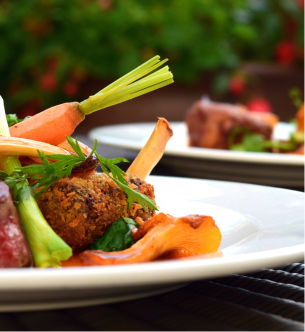Popular Shaved Ice Desserts: A Hidden Sugar and Calorie Health Hazard?
Summer often brings an inevitable increase in sugar consumption. The hot and humid weather naturally leads us to reach for refreshing beverages and frozen treats. Among these, single-serving shaved ice desserts, often packaged in convenient cups, have seen a surge in popularity. These individual portions are widely available at various cafes and dessert shops, typically priced affordably, making them an accessible indulgence for people of all ages.
However, while these frosty delights offer a welcome escape from the heat, they come with a significant health cost: their surprisingly high sugar and calorie content. Let’s delve into the nutritional impact a single serving of these popular desserts can have.
A Sugar Shock: Exceeding Daily Recommendations in One Cup
Many single-serving shaved ice desserts pack an alarming amount of sugar. For instance, some variations, particularly those with added toppings like cereal or rice cakes, can contain over 90 grams of sugar in a single serving. Even simpler versions often exceed 50 grams.
To put this into perspective, the World Health Organization (WHO) recommends limiting the intake of free sugars (added sugars) to less than 10% of your total daily energy intake. For an average adult consuming 2000 calories per day, this translates to a maximum of about 50 grams of sugar. Consuming just one of these popular shaved ice desserts can easily push you far beyond this recommended limit, sometimes nearly doubling it.
Beyond sugar, the calorie count is also substantial. Some single servings can range from approximately 600 to over 750 calories. This is a significant caloric contribution for what is often considered a simple dessert.
The Body’s Response to High Sugar and Calorie Intake
Consuming foods high in sugar can lead to a phenomenon known as "blood sugar spikes." This is where blood glucose levels rapidly rise and then sharply fall, potentially contributing to insulin resistance over time. When insulin, the hormone responsible for regulating blood sugar, becomes less effective, the body’s ability to control blood sugar levels diminishes, increasing the risk of developing type 2 diabetes. Furthermore, excessive sugar intake is a known contributor to obesity and various cardiovascular issues.
High-calorie foods, when consumed regularly, directly contribute to weight gain. The body stores excess calories as fat, leading to an increase in overall body weight and the accumulation of fat, particularly around the waist, abdomen, and thighs (visceral fat).
Consider the impact of enjoying one of these desserts after a meal. If you’ve already consumed a typical meal of rice and side dishes, which might total around 300-400 calories, adding a 600-700 calorie shaved ice dessert pushes your single meal’s calorie count to approximately 1000 calories. This means you could be consuming nearly half of an adult’s recommended daily caloric intake (typically 2000-2500 calories) in just one sitting, largely from a dessert.
Healthier Choices for Sweet Cravings
To safeguard your health, it’s crucial to be mindful of your sugar intake. Instead of reaching for sugary beverages or high-sugar desserts, consider healthier alternatives for hydration and sweet cravings:
- Opt for water: Cool, refreshing water is the best way to stay hydrated without adding unnecessary calories or sugars.
- Embrace natural sweetness: Fresh fruits and vegetables are excellent sources of natural sugars, along with essential vitamins, minerals, and fiber, which are often lacking in processed foods.
- Strategic fruit consumption: If you enjoy fruit, consider eating it about 30 minutes before a meal. This can help you feel fuller, potentially preventing overeating during the main meal, and can also help moderate the impact on your blood sugar compared to consuming it immediately after a large meal.
While popular shaved ice desserts offer a delightful escape from the summer heat, being aware of their high sugar and calorie content is key. Mindful consumption and choosing healthier alternatives can help you enjoy the season without compromising your well-being.




